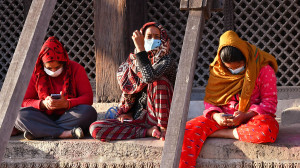Culture & Lifestyle
The fight to save Awadhi
In Nepal’s southern plains, community leaders and creatives are working to keep the Awadhi language and its cultural traditions from disappearing.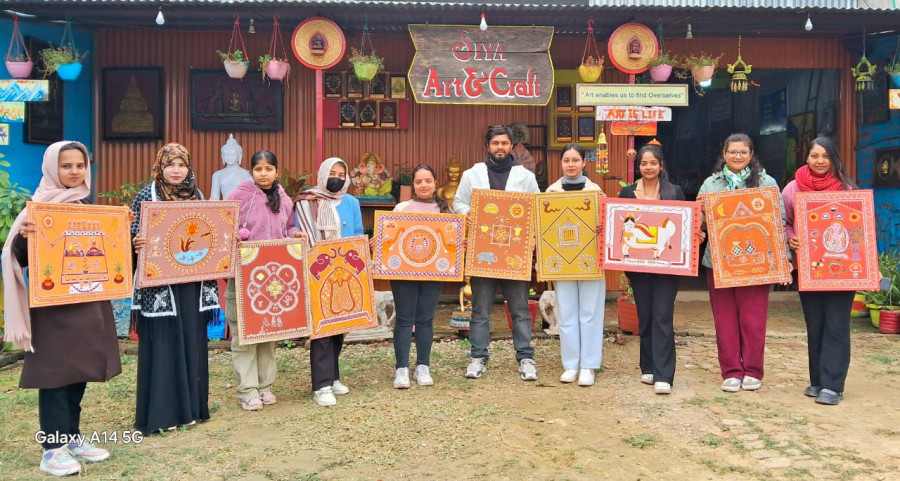
Reeva Khanal
Our identity is deeply rooted in the language we speak, the traditions we inherit, and the culture that shapes us. We carry forward the wisdom of those who came before us—through words, rituals, and stories passed down through generations. Yet, if we fail to preserve these foundations, what are we working towards? Awadhi, a language rich in heritage and belonging, has long been sidelined in Nepal’s mainstream discourse. But today, a growing number of artists, educators, and community leaders are beginning to reclaim its space—reminding us that safeguarding our language is not just an act of preservation, but of pride, dignity, and collective memory.
Ravi Pandey, a young Awadhi songwriter/folk archiver, believes language is central to identity. “Speaking Awadhi is a way to be authentic and explore the culture, style, music, and heritage of Awadh,” he says. “While practising music for a few years, I found a Nirgun bhajan on YouTube titled ‘Pijada Puran Hoijai’—meaning ‘The cage of the dove will get old’. It reflected on the cycle of life and the need to act wisely, drawing me into Awadhi folk music and inspiring me to reconnect with my roots,” he adds.
However, he expresses concern about his generation drifting away from the language due to urbanisation and societal pressure. “They’re forced to speak Nepali and English, often bullied for their accent, and lose motivation to embrace their mother tongue,” he adds.
The fading of Awadhi risks erasing centuries of literature, festivals, and rituals, including the Teenchhati fast and traditional foods like fara. “The loss of language leads to a loss of self-confidence and belonging,” he says. He acknowledges efforts like including Awadhi in school curricula, official recognition in Lumbini Province, and institutional support from media and arts academies. But he insists, “Without youth participation, these efforts won’t last.” He believes digital media can revive interest: “Social platforms can connect youth to their heritage—they just need role models.”
He also acknowledges that national institutions such as Pragya Pratisthan and the Nepal Academy of Fine Arts are beginning to support Awadhi art and literature. However, he warns: “The main issue is the lack of youth participation. Without the involvement of young people, such initiatives won’t have a long-term impact.”
Bishnu Kamal, a 78-year-old Awadhi, describes the language as “older than Nepali” and central to the cultural identity of Nepal’s southern region. “When people travel to a new place, learning the local language is almost a compulsion—it’s how they begin to connect,” he says. While Awadhi is taught in schools in Kapilvastu, he points out that there are no dedicated teachers, as the majority prioritise English in boarding schools. “Just as Nepali is our national language, Awadhi too deserves recognition,” he adds, though he laments that despite discussions, no real budget has been allocated for its promotion. “Everyone is focused on infrastructure, but no one thinks about preserving our culture and traditions,” he notes.
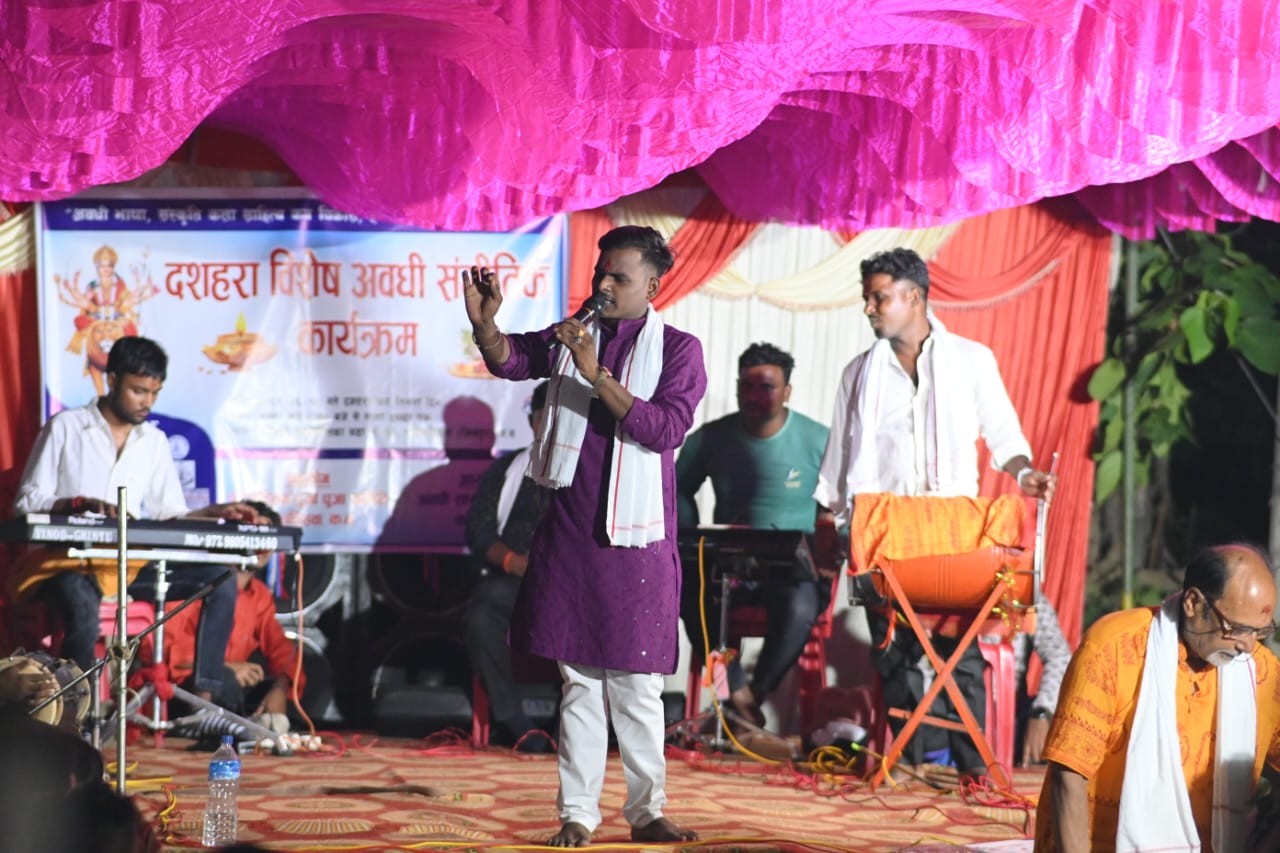
Yuraj Gupta ‘Bhairagi’ highlights that almost 900,000 people in Nepal speak Awadhi, yet the language still struggles for acceptance. He notes that due to years of social discrimination, many people have internalised shame, with Awadhi often being dismissed as a “language spoken by uneducated people.” “Because of this fear and stigma, many Awadhi speakers are hesitant to openly claim their linguistic identity,” he says. He emphasises, however, that “our culture and language are our pride—and we must take accountability for preserving them.”
Gupta also points out that Awadhi predates Nepali and traces its roots to the Avadh region in Ayodhya. Although there is an official curriculum designed for teaching Awadhi from class 1 to 10, he says it has yet to be properly implemented. “Only in some local areas have communities taken the initiative to publish their books and teach the language. But at the national level, there has been no formal adoption,” he explains. According to 2021 data from Nepal Statistics Office, the number of Awadhi speakers in Nepal increased significantly over the past decade. In the 2021 census, a total of 864,276 people—or 2.96 percent of the national population—reported Awadhi as their mother tongue. In comparison, the 2011 census had recorded 501,752 speakers, accounting for just 1.89 percent. This growth reflects a rising recognition of linguistic identity and a gradual revival of the language at the national level.
Bal Govind Tripathi is a software engineer whose true calling lies in the arts. Through his organisation, Siya Art and Craft, he has spent 7 to 8 years preserving and promoting traditional sculpture and painting. Tripathi trains communities in hastakala (handicrafts) and lok kala (folk arts), helping people reconnect with their cultural roots. In Kapilvastu, he trained around 15 to 20 individuals in Awadhi folk arts, many of whom went on to participate in the event organised by the Nepal Academy of Fine Arts in Kathmandu and even received recognition in the category of Prachin Lok Kala (ancient folk art).
According to Tripathi, Awadhi is spoken across a broad swath of Nepal—from Nepalgunj to Nawalparasi—and holds as much cultural value as other regional art forms like Mithila and other lok kala. Yet despite its significance, Awadhi still struggles to find its rightful space in Nepal’s cultural narrative.
“At the very least, local governments should integrate the original language of their region into the school curriculum,” Tripathi says. “Only then will future generations understand their history, recognise where they come from, and learn why it matters.”
Speaking to those working tirelessly to preserve Awadhi made me realise that culture is more than tradition—it is a force that unites us, connects us to our roots, and reminds us that identity is always a shared story. Perhaps, in preserving our languages and traditions, we are also maintaining the essence of who we are and what keeps us together.




 11.12°C Kathmandu
11.12°C Kathmandu
%20(1).jpg&w=200&height=120)

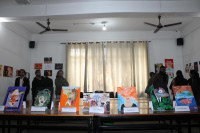
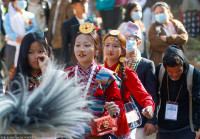
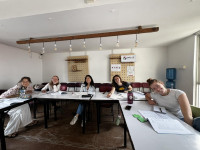



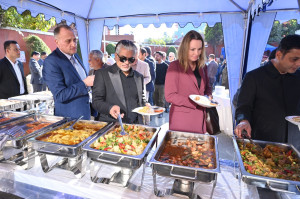




%20(1).jpg&w=300&height=200)

